With the rapid evolution of building technologies, lightweight facades have emerged as a game-changer in modern architecture. These innovative designs offer numerous advantages, from energy efficiency to improved aesthetics and sustainability. This article explores the benefits of lightweight facades and how they are transforming the construction industry. 1. Enhanced Energy Efficiency: One of the key advantages of lightweight facades is their superior energy performance. These facades combine insulation with effective weatherproofing, resulting in optimized thermal performance. By minimizing heat transfer between the interior and exterior spaces, lightweight facades help reduce the reliance on artificial heating and cooling systems, leading to substantial energy savings.
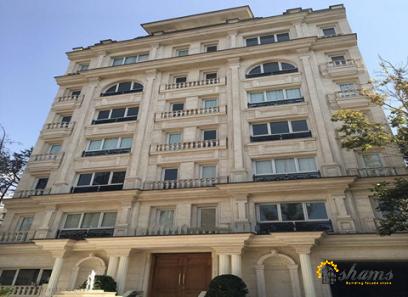
.
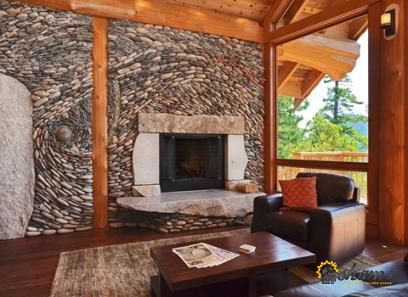 2. Design Flexibility: Lightweight facades provide architects with immense design freedom. Thanks to their versatile nature, these systems are compatible with a wide range of construction materials such as glass, metal, or composite panels. The ability to create unique and striking architectural designs grants buildings a distinctive identity, ultimately making them more appealing to tenants and potential buyers. 3. Reduced Structural Load: Traditional facades made of heavy materials pose a considerable burden on overall building structures. In contrast, lightweight facades exert less load on the supporting structure, allowing for efficient construction and potentially reducing construction costs. This advantage also makes them a viable choice for retrofitting existing buildings while ensuring structural integrity.
2. Design Flexibility: Lightweight facades provide architects with immense design freedom. Thanks to their versatile nature, these systems are compatible with a wide range of construction materials such as glass, metal, or composite panels. The ability to create unique and striking architectural designs grants buildings a distinctive identity, ultimately making them more appealing to tenants and potential buyers. 3. Reduced Structural Load: Traditional facades made of heavy materials pose a considerable burden on overall building structures. In contrast, lightweight facades exert less load on the supporting structure, allowing for efficient construction and potentially reducing construction costs. This advantage also makes them a viable choice for retrofitting existing buildings while ensuring structural integrity.
..
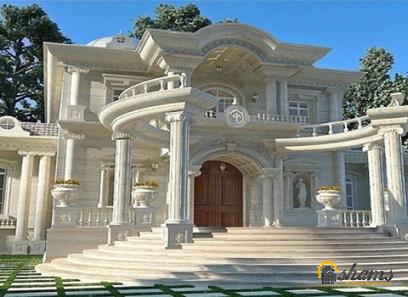 4. Sustainability: Offering an eco-friendly alternative, lightweight facades contribute significantly to sustainable building practices. Integrating sustainable materials such as recycled glass or responsibly sourced metals further enhances their green credentials. By reducing energy consumption and improving insulation, lightweight facades contribute to the overall energy efficiency of a building, making it more environmentally friendly. 5. Improved Indoor Comfort: The insulation capabilities of lightweight facades not only reduce energy consumption but also enhance indoor comfort levels. By minimizing heat loss or gain, these facades create a stable and comfortable indoor environment while reducing temperature fluctuations. Additionally, noise insulation properties can help mitigate external noise pollution, providing occupants with a peaceful and serene living or working space.
4. Sustainability: Offering an eco-friendly alternative, lightweight facades contribute significantly to sustainable building practices. Integrating sustainable materials such as recycled glass or responsibly sourced metals further enhances their green credentials. By reducing energy consumption and improving insulation, lightweight facades contribute to the overall energy efficiency of a building, making it more environmentally friendly. 5. Improved Indoor Comfort: The insulation capabilities of lightweight facades not only reduce energy consumption but also enhance indoor comfort levels. By minimizing heat loss or gain, these facades create a stable and comfortable indoor environment while reducing temperature fluctuations. Additionally, noise insulation properties can help mitigate external noise pollution, providing occupants with a peaceful and serene living or working space.
…
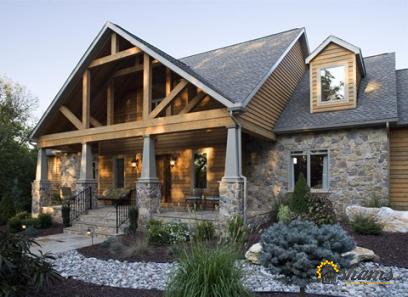 6. Durability: Quality lightweight facade systems are built to withstand various environmental challenges, including harsh climate conditions, harsh UV exposure, and moisture. By employing durable materials and advanced weatherproofing techniques, these facades can resist wear and tear, ensuring the longevity of both the facade itself and the building structure. Conclusion: As architects and developers strive to create sustainable and visually appealing structures, the use of lightweight facades has become more prevalent. These innovative systems offer a multitude of benefits, including energy efficiency, design flexibility, reduced structural load, sustainability, improved indoor comfort, and durability. Embracing lightweight facades not only enhances the overall aesthetic appeal but also translates into long-term cost savings, environmental conservation, and better occupant satisfaction. With their remarkable potential to transform traditional building designs, lightweight facades are indeed paving the way for the future of modern architecture.
6. Durability: Quality lightweight facade systems are built to withstand various environmental challenges, including harsh climate conditions, harsh UV exposure, and moisture. By employing durable materials and advanced weatherproofing techniques, these facades can resist wear and tear, ensuring the longevity of both the facade itself and the building structure. Conclusion: As architects and developers strive to create sustainable and visually appealing structures, the use of lightweight facades has become more prevalent. These innovative systems offer a multitude of benefits, including energy efficiency, design flexibility, reduced structural load, sustainability, improved indoor comfort, and durability. Embracing lightweight facades not only enhances the overall aesthetic appeal but also translates into long-term cost savings, environmental conservation, and better occupant satisfaction. With their remarkable potential to transform traditional building designs, lightweight facades are indeed paving the way for the future of modern architecture.

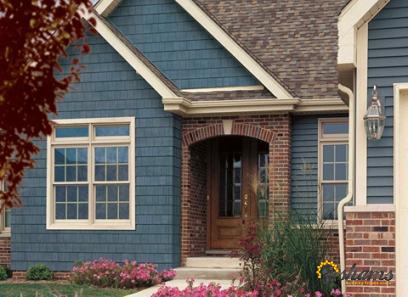
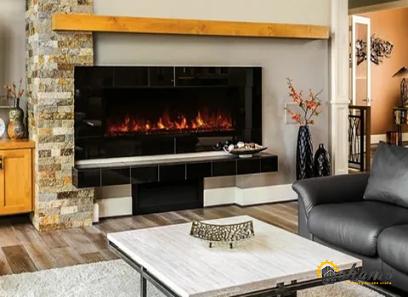
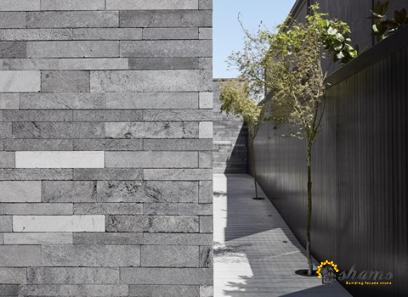
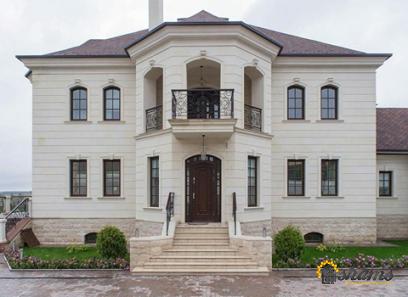
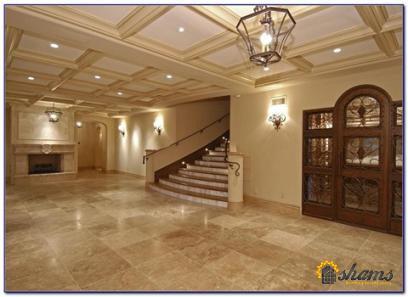

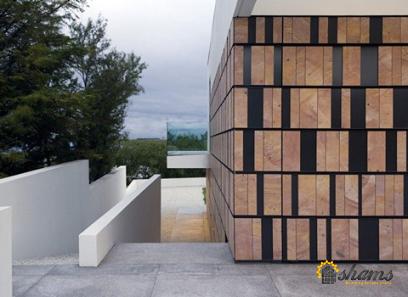
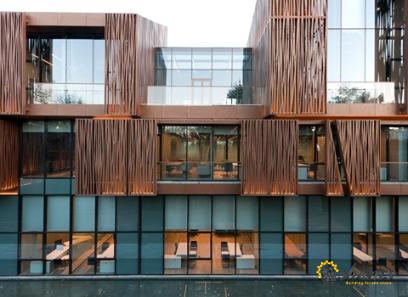
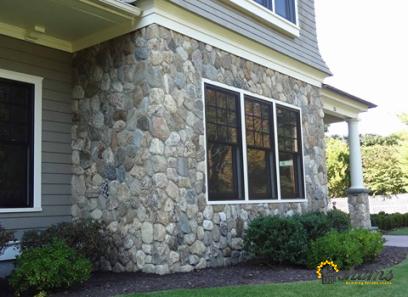
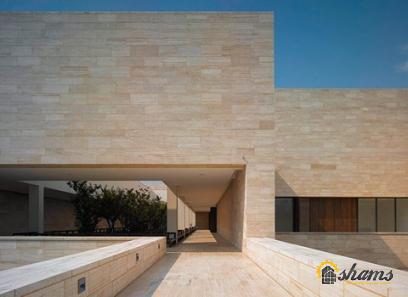
Your comment submitted.